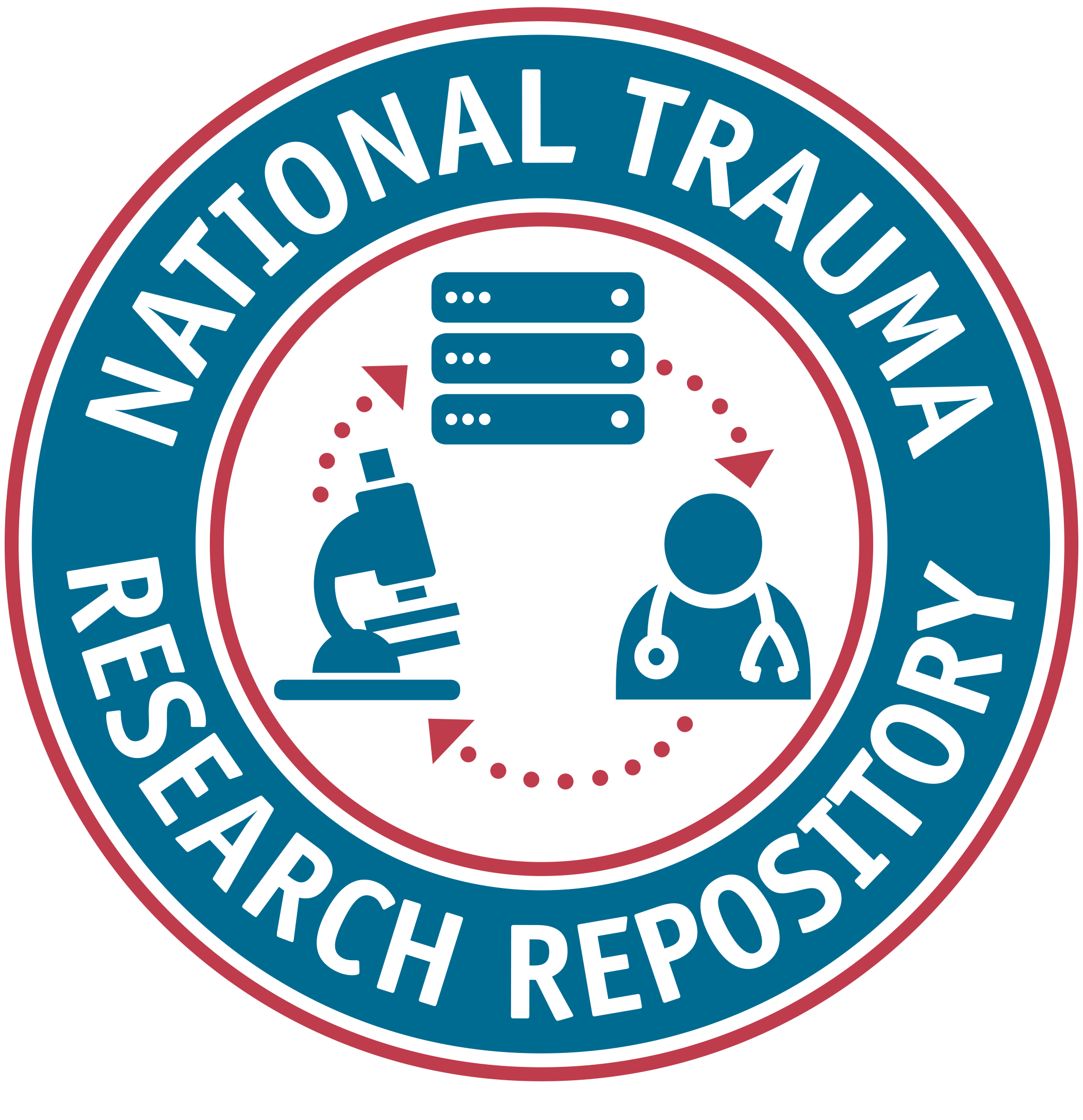Listed below are the details for the data element.
FITBIR
1.3
Element Type
Common Data Element
Columbia-Suicide Severity Rating Scale (C-SSRS) -Actual Attempt Indicator
CSSRSActualAtmptInd
Short Description
Indicates whether the subject made actual suicidal attempts, as part of as part of Columbia-Suicide Severity Rating Scale (C-SSRS)
Definition
Indicates whether the subject made actual suicidal attempts, as part of Columbia-Suicide Severity Rating Scale (C-SSRS)
Notes
SUICIDAL BEHAVIOR. CDISC variables: QSSCAT = SUICIDAL BEHAVIOR, QSORRES for QSTESTCD=CSS0112.
Creation Date
2016-03-17
Historical Notes
References
For reprints of the C-SSRS contact Kelly Posner, Ph.D., New York State Psychiatric Institute, 1051 Riverside Drive, New York, New York, 10032; inquiries and training requirements contact posnerk@childpsych.columbia.edu
ý 2008 The Research Foundation for Mental Hygiene, Inc. "Posner, K., Brown, G.K., Stanley, B., Brent, D.A., Yershova, K.V., Oquendo, M.A., Currier, G.W., Melvin, G., Greenhill, L., Shen, S., & Mann, J.J., The Columbia-Suicide Severity Rating Scale: Initial Validity and Internal Consistency Findings From Three Multisite Studies With Adolescents and Adults American Journal of Psychiatry, 2011; 168:1266-1277."
Data Type
Numeric Values
Input Restrictions
Single Pre-Defined Value Selected
Population
Adult and Pediatric
Guidelines/Instructions
Check all that apply, so long as these are separate events; must ask about all type./ A potentially self-injurious act committed with at least some wish to die, as a result of act. Behavior was in part thought of as method to kill oneself. Intent does not have to be 100%. If there is any intent/desire to die associated with the act, then it can be considered an actual suicide attempt. There does not have to be any injury or harm, just the potential for injury or harm. If person pulls trigger while gun is in mouth but gun is broken so no injury results, this is considered an attempt.
Inferring Intent: Even if an individual denies intent/wish to die, it may be inferred clinically from the behavior or circumstances. For example, a highly lethal act that is clearly not an accident so no other intent but suicide can be inferred (e.g., gunshot to head, jumping from window of a high floor/story). Also, if someone denies intent to die, but they thought that what they did could be lethal, intent may be inferred.
Preferred Question Text
Have you made a suicide attempt?
Have you done anything to harm yourself?
Have you done anything dangerous where you could have died?
Category Groups and Classifications
| Disease | Domain | Sub-Domain |
|---|---|---|
| General (For all diseases) | Assessments and Examinations | Non-Imaging Diagnostics |
| Traumatic Brain Injury | Assessments and Examinations | Physical/Neurological Examination |
Classification
Traumatic Brain Injury:
Supplemental
Concussion/Mild TBI
Moderate/Severe TBI: Rehabilitation
Epidemiology
Acute Hospitalized
General (For all diseases):
Supplemental
Keywords
CSSRS
CDISC
Labels





